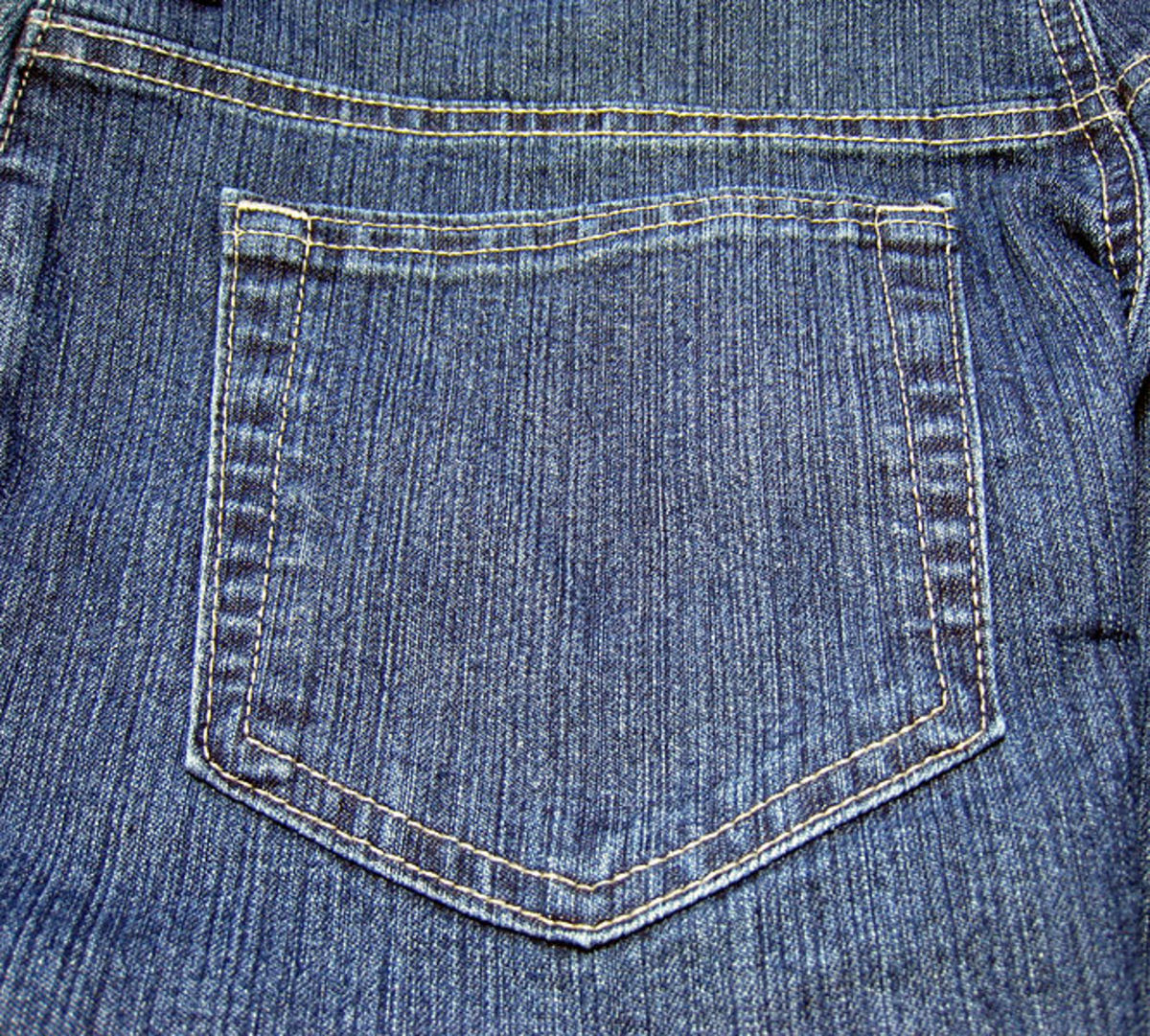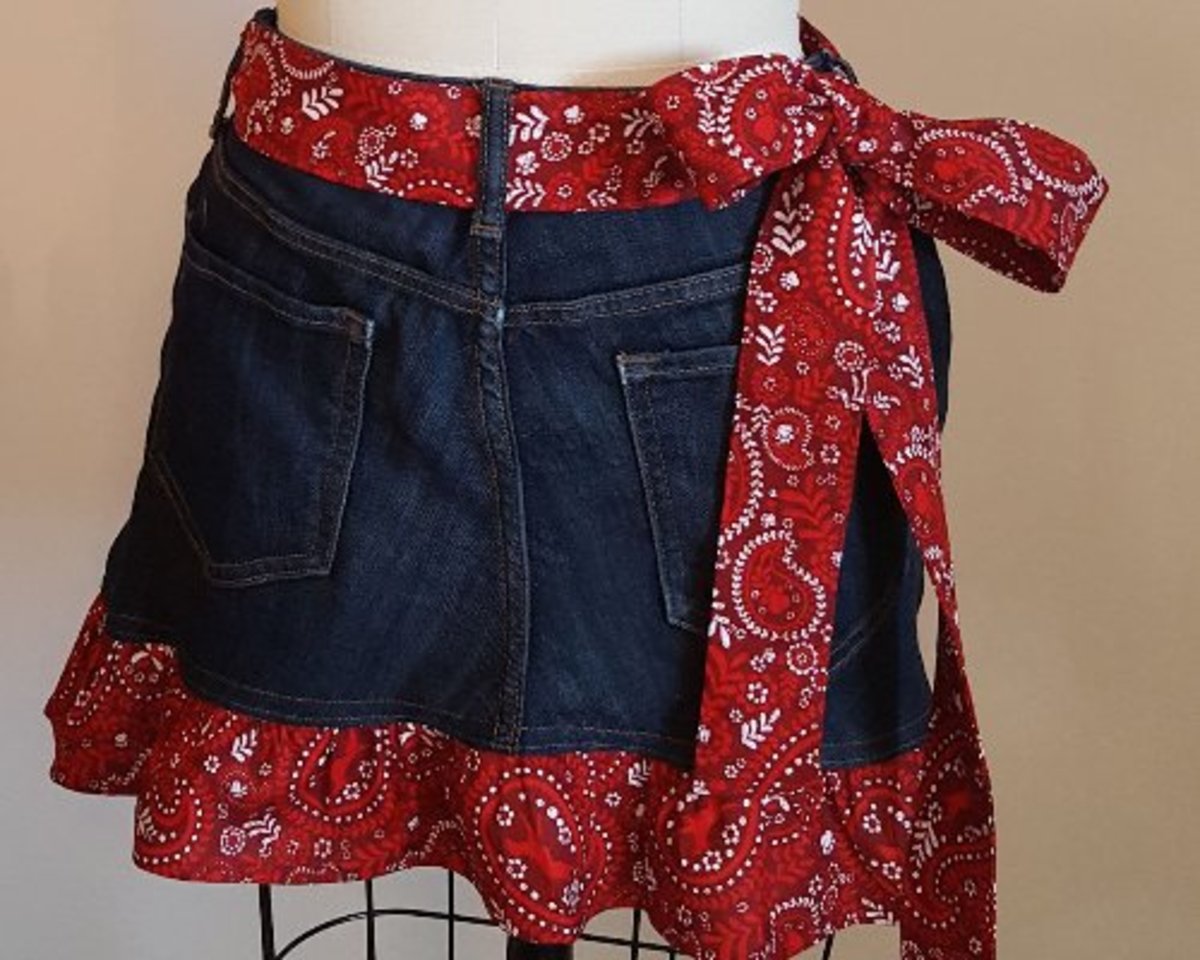The Denim Garment As Canvas
As an integral aspect of material culture, the markings associated with the wear and tear of denim garments are pursued as creative concepts through deconstructed fashion approaches. For some designers a textile’s heritage and the effects of time are as important as reworking silhouettes from history. Denim is experimented as a canvas due to its conflicting characteristics that reference both fashion and personal histories. Through conceptual and commercial approaches drawn from fashion and textile designers, we are able to see that denim has the capacity to act as a canvas for the body.

For instance, denim is possibly unique for its capacity to begin life as a stiff architectural substrate but then transform over time into a softer sculptural substrate that can be molded by the body. Washing and wearing denim affect the handle and appearance of the fabric with the effects of abrasion and fading happening over time. This markings associated with wear and tear have developed as an integral aspect of denims material culture and explored by various designers. Harold Koda, a designer attributes this properties to add ‘aesthetic of poverty’
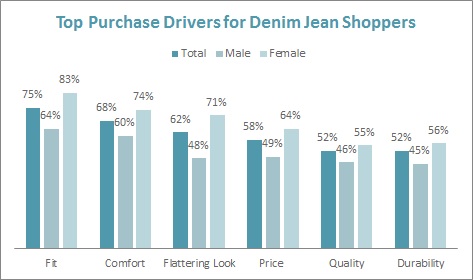
What makes Denim pop
Denim unlike other materials has the unique quality to leave its mark. It possesses the facility to stick or be shaped through wear to an individual’s physique. It is the combination of the designers cut, the wearer’s body and the actions on it and in it.
To integrate the effects of time, fabrication techniques are commonly applied to attach the material qualities that consumers search for. Denim continues to be everyone’s trusted go to in their closets. Also, as shown in various exhibitions, denim has been used literally as a canvas through media techniques such as printing, hand printing and embroidery.
Denim also has the inherent quality to record temporal effects. Through its different stages of wear and tear, it enables the garment to be aesthetically assessed by both wearer and viewer. Designers therefore manipulate this characteristic by disrupting linear progression of time.
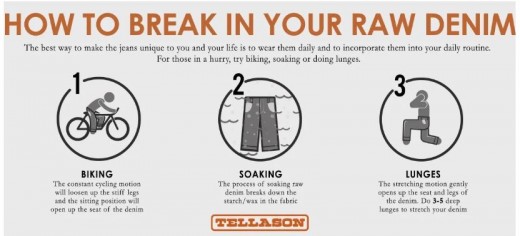
Pattern Construction with Denim
Pattern construction for apparel design and production is complex and divers. Over centuries, traditional pattern making has evolved starting from the use of the tape measure in the late eighteenth century. In our modern world, we have incorporated sketching as used by marketers and designers. Tailoring, draping, block and sloper construction are among a range of trading methods and rules of pattern construction that have developed over time. A patternmaker’s role revolves around a technical creative collaboration between design and manufacturing. The traditional role of learning the craft involved handing down of knowledge and skills from the master to the apprentice.
Pattern design can be derived from a variety of conditions. This include whether the design is original or appropriated from another source, whether the pattern will be tested locally or made from an outsourced location. Pattern making is the capacity to understand the range of conditions under which the principles are applied. This categorizing of elements or input factors, a methodological framework that can be applied to any preferred pattern can be created. Anthropometric measurement includes measuring the body and applying the data to develop appropriate fit profiles. Understanding anthropometric measurement is a necessary part of practitioner knowledge. Size standards are also necessary for the efficient production and distributions of mass market apparel.
Patternmaking is an art that requires a range of equipment including software and hardware to incorporate both the manual and the CAD domains. Among these tools there are manual tools and CAD pattern tools. The manual tools include tracing paper, dressmakers square, pattern hook and other equipment. The CAD pattern tools include digitizing or tracing physical patterns via a digitizing table or pattern scanner.
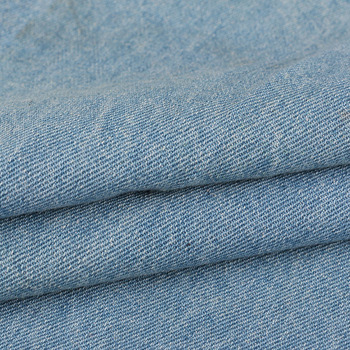
Pattern construction is therefore a complex process dependent on a range of design sources and manufacturing modes. Being able to develop and evolve according to the interaction of the body, design and material allows for consideration of most appropriate method for creating a successful pattern.
Recycled Denim Making Your Jeans More Environmentally Friendly
Every year, around 1.2 billion jeans are sold around the world. This makes jeans the most widely used textile in the world. This however comes at a cost. It is said that it takes 200 liters of water, for the dying process of one pair of jeans. The huge amount of water used accompanies by the energy required in the dying process is a hazard for the environment. Not to mention the massive discharge of colored waste poured into our water sources. A team of five Australian scientists in Deacons University have come up with a way to recycle denim.
It involves use of technology to use discarded jeans to create new ones. This is done by conversion of old denim jeans to fine particles. Since this particles comes from previously used jeans, they retain their original color thus there is no use of re-dying them. The fine particles pigments are used to dye/color white fabric to make new denim jeans. This is done through use of normal printing process to convert the colored particles to new denim. One pair of old jeans creates enough fine particles to color 10 new pairs of jeans. This saves up to 2000 liters of water.

The upside to it is that the jeans are considered very similar to the normal jeans. Over time the scientists hope to refine the process for better feel and production of quality products. It has also provided them a chance to come up with new fashion designs. The 150,000 euro award given to them by HnM will give them the resources they require to scale up the process so they may devote more time and resources to the project for market consumption.
This jeans have received wide world approval with much interest from denim manufacturers. They hope to have produced market worthy product by the beginning of September which they will initially wear acting as brand ambassadors for their product. This new method of denim recycling is sure to revolutionize the textile industry while paying mind to the environment.

